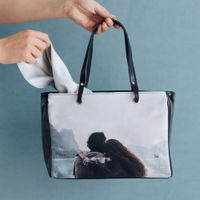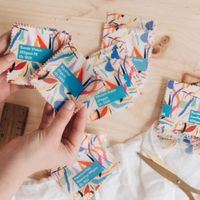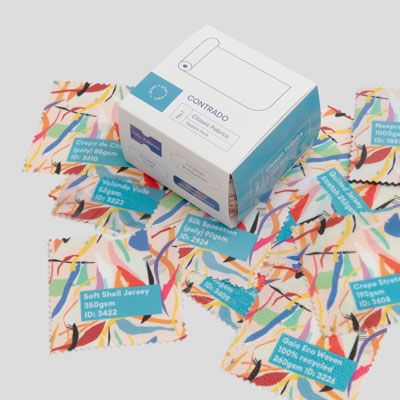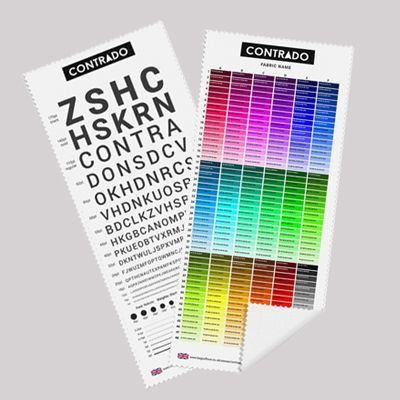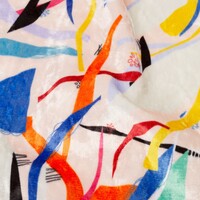How to Print on Crushed Velour
Using the online design tool, you can upload your photos and images, and even add text to your custom printed crushed velour. We bond your design to the fabric, using eco-friendly inks. You can select your own bespoke sizes for your customised velour, and you can even use out online tool to choose how you would like the edging of your custom printed crushed velour.
You can either have the print on crushed velour fabric sent to you straight as it comes from the printer. This will have a border around the edge of your print. If you would rather not have the border, you can opt to have your customised velour cut on the line. One of our experts will cut round the edge of your print, removing any excess fabric.
If you'd prefer you can choose to have your custom printed crushed velour hemmed. You can select a black or white thread, and the fabric will be stitched with an overlock hem by one of our expert seamstresses before it is sent out to you. Remember if you intend to use this option to allow extra fabric for hemming in your custom measurements.


